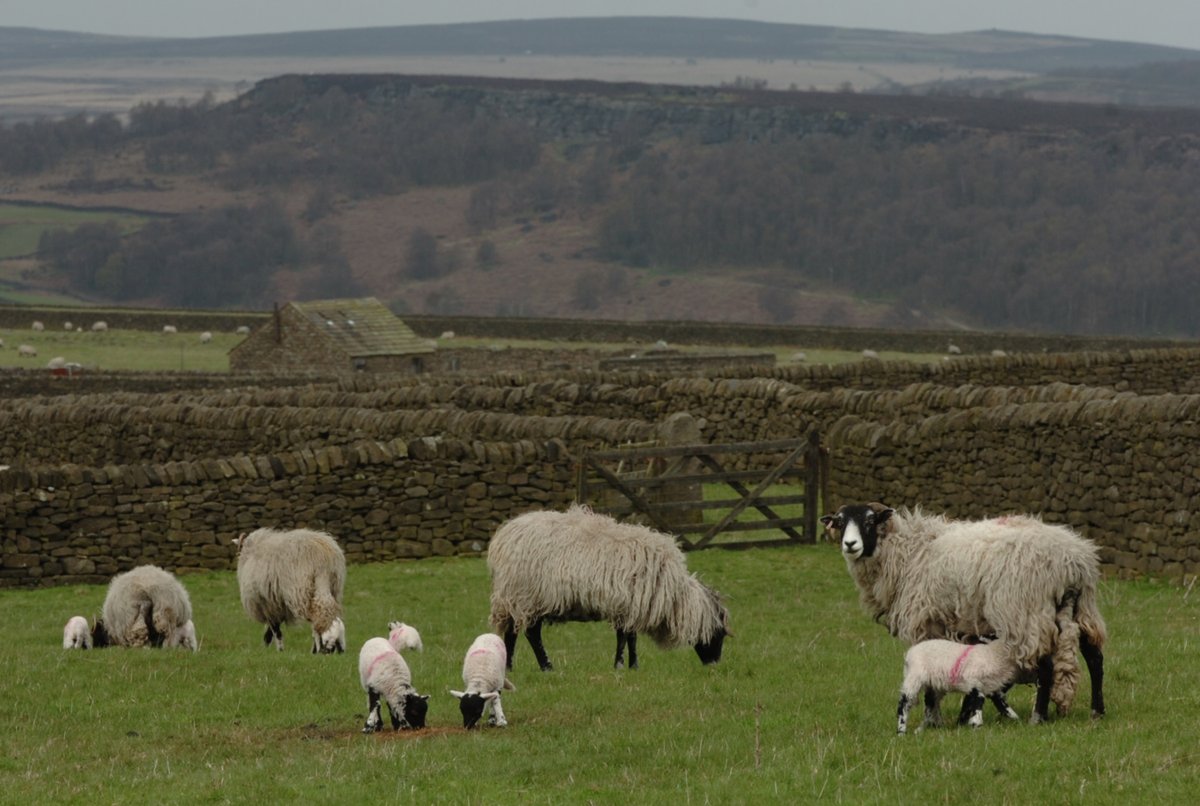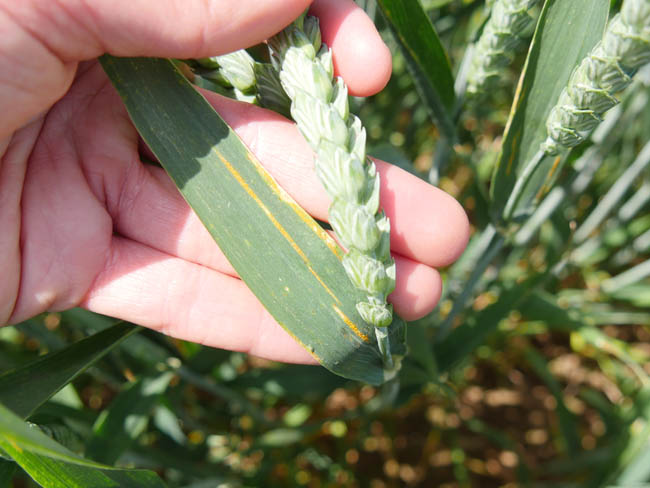- Home
- Sales and operations
Sales and operations
Describing your farming system – how will you produce and supply a quality product that meets your customer's requirements?
In this section provide an explanation of how you aim to make changes to the area of land farmed, enterprise mix or cropping and stocking numbers. Consider the following questions:
- What new techniques you may introduce to seek to improve outputs or reduce costs?
- What investments will be necessary to allow you to undertake the changes, such as building alterations, machinery or livestock purchases, and what these will cost?
- What changes you will be making to market your products and how this will lead to higher prices?
- If considering a diversification enterprise, what are your target customers’ requirements, your competitors and how are you going to compete with them?
You should give a full description of your planned products, production timelines, pricing strategy and sales forecast. Explain how you will control the quality of your product, meet customer requirements and measure performance – key performance indicators will help with this. Provide details about your premises, how you will produce and store products, including health and safety procedures and compliance.
Suppliers
In today’s world it is always wise to shop around for inputs. Do not stick with the same supplier just because you know them – it might not be the best deal. Ensure that you have alternative suppliers for everything you buy. But also consider the level of customer service you require from your suppliers.
Is it worthwhile talking to your current supplier to ask if there is anything you could do to bring costs down, e.g. batching deliveries, reducing the time spent on site to deliver goods due to being unprepared for the delivery?
Discuss payment terms and possible credit arrangements. Be fully aware of the late payment penalties and the interest rate payable in APR (annual percentage rate) terms for supplier credit. In many situations this is likely to be higher than your bank overdraft interest rate, but there can be some lower interest deals offered for capital items such as machinery purchases. These are potentially offered to seek to clinch the sale, so be sure that you require and can afford the equipment prior to purchase. Hire purchase and leasing options should also be considered for machinery purchases.
Buying livestock
Buying in livestock is risky and is the most likely way of introducing a new disease onto your farm. The cost of a disease outbreak can be huge. To minimise the risk of buying in disease, source stock from as few farms as possible and ask questions about health status. Discuss your stock sourcing policy with your vet. All stock brought onto the farm should be quarantined for three weeks on arrival to allow time for vaccinations and treatments to be completed and for health to be assessed.

Buying seed
When buying in seed, purchase certified seed of one of the varieties included in the AHDB Recommended Lists (RL). These lists provide independent information on yield and quality performance, agronomic features and market options to assist with variety selection. Produced each year, the RL publications cover cereals, oilseeds, potatoes, grasses and forage species and are based on the analysis of hundreds of UK trials conducted across several years.

Key performance indicators
Key performance indicators (KPIs) are measurements used to track performance and success of a business. Monitoring KPIs can help you identify issues with your production processes. We have provided some sector-specific examples of KPIs you can use below, and you may want to include additional, generic KPIs in your business plan.
Suckler systems
- % calving in first 3, 6, 9 weeks of calving period
- Age at first calving
- Replacement rate (%)
- 200-day weaning weight/kg cow or heifer bred
- Total cost/kg output
Grower/finisher systems
- Average daily liveweight gain (kg)
- % prime-slaughter cattle hitting target carcase specification
- % cattle on holding treated with antibiotics
- % mortality
- Total cost/head/day
Breeding ewes
- Rearing %
- Losses scan to weaning
- Weaning weight (~12 weeks)
- Replacement rate
- Cost of production
Store lamb finishers
- % mortality
- DLWG (daily liveweight gain)
- % hitting specification
- Cost of production
- % income retained
- Overheads (excluding rent and finance) as a % of income
- Full economic cost of production per tonne and ha
- Number of ha per full-time equivalent
- Diesel usage (lt/ha)
- Seed costs/tonne
- Inorganic fertiliser cost/tonne
- Crop protection/tonne
KPIs for dairy are broken down into two areas:
- Enterprise key performance indicators, which highlight the six key areas for both all-year-round (AYR) and block-calving systems which are crucial to delivering the financial performance required
- Three key business measures that every business should know, understand and benchmark their performance against
The measures are set out in the tables available on the following webpage and show what excellent, good and average operators are currently achieving, using industry data from the top 5% and 25% as well as average performers.
https://dairy.ahdb.org.uk/optimal-dairy-systems/key-performance-indicators/
Pork KPIs can be categorised under four topics:
- Financial: total cost per deadweight kg output; cost per pig weaned; value per pig
- Health and welfare: medicine usage per kg output; vet costs per sow; % mortality; herd replacement rate
- Carcase: average daily liveweight gain; meat per tonne fed; post-weaning mortality; % of animals hitting specification
- Herd performance: pigs weaned per sow per year; pigs weaned per pen
A PDF guidance note is to be published shortly.
Risk register
A risk register is important as part of your business plan to show that you have considered aspects which could impact your business meeting its objectives, and how and who will deal with any issues which do arise. It moves us a step further than the risk matrix – if you haven’t already completed this stage, you can find a template and guidance video here:
You should be as broad as possible when considering all the risks which could apply to your business. Think about:
- Production
- Markets/price
- People
- Financial
- Legal/political
This short video guides you through completing the risk register template to include in your business plan.
PESTLE analysis
A PESTLE analysis is used to assess the wider factors and challenges which could affect your business.
It considers any potential circumstance that could have a negative or positive impact in the following categories:
- Political
- Economic
- Social
- Technological
- Legal
- Environmental
The template below can be modified for use in your own business plan. You can delete any factors that aren’t relevant to your business; text shown in blue is specifically relevant for livestock.
While this list is detailed, it isn’t comprehensive and you may think of more aspects relevant to your business.



